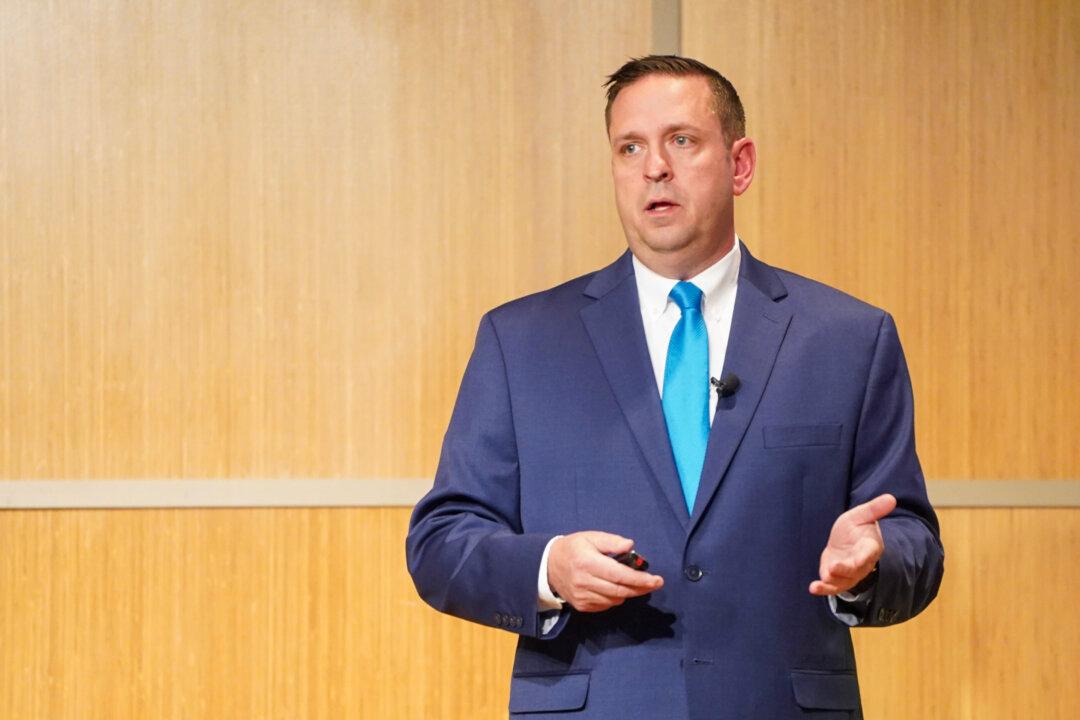New York Mayor Eric Adams’s new anti-crime unit, which will debut in a week or so, will be tasked with going after gun-related crimes as homicides and shootings climb in the city.
Policing experts say that because the unit will deal with armed suspects most of the time, its members will have a higher chance of being involved in shootings. They say that if that happens and political pressure builds to detract from or dismantle the unit, Adams must stand behind the unit’s crime-fighting mission and not fall back.





